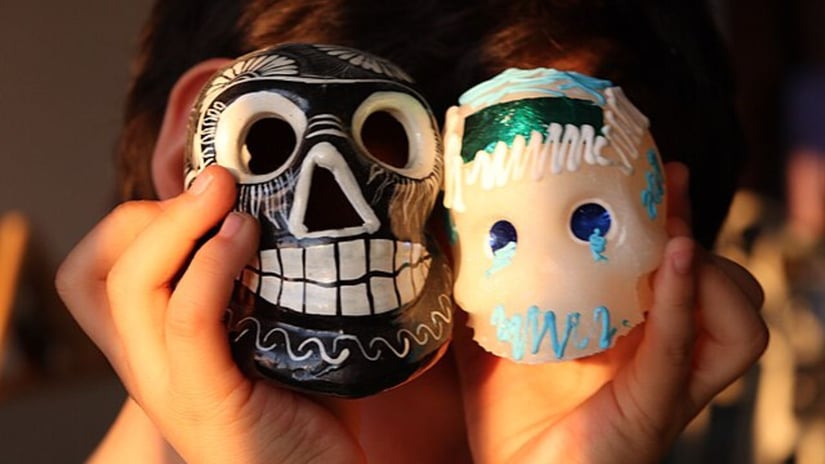- Home
- Articles
- Special Sweets from the Day of the Dead: Fun and Deeply Symbolic Delish Dessert Recipes
A cultural festival to remember the dead and celebrate death as a part of life, did you know there are certain desserts and drinks that are associated with this festival?
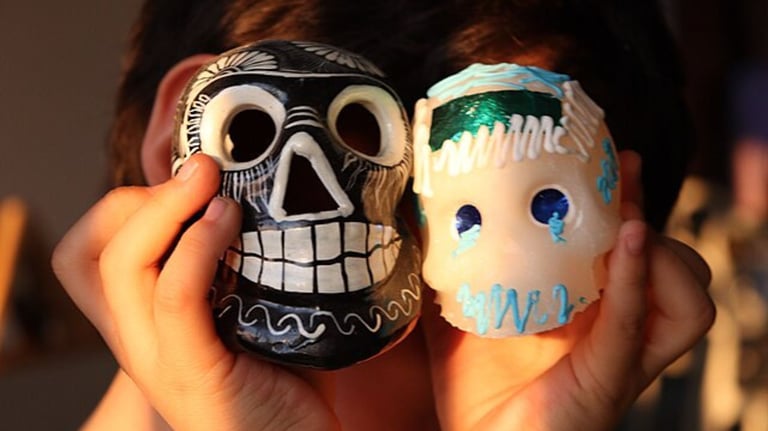
If Disney’s Coco had you in shambles as its ending unfolded with the movie’s namesake breaking years of silence by crooning a song with her great-grandson, then this article might just interest you. The film celebrates Mexico's Día de Los Muertos or the Day of the Dead where the living generations honor their ancestors and a reminder that death is a part of life. As it goes to celebrate how gloomy this one might sound, it also has certain food associated with it that include sweets and desserts that are eaten with much relish. Not to mention the bright makeup and colorful garb donned by the locals during their yearly celebrations. Families give “ofrenda” to their ancestors on this day at their family altar or their departed at their graves.
1. Pan de Muerto
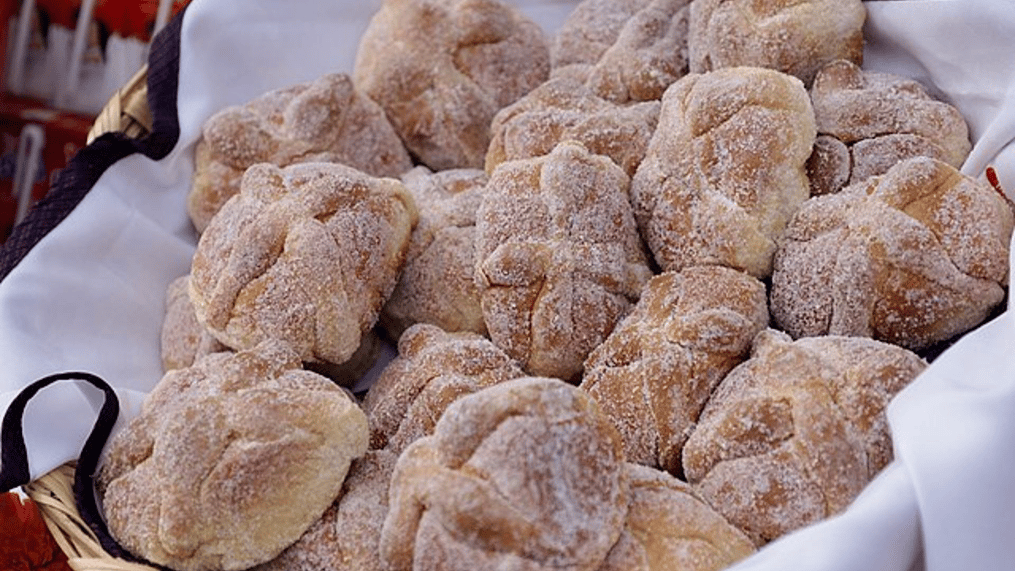
Translating to “bread of the dead”, it looks like hot cross buns, but instead of the cross, the Pan de Muerto has extra dough strips that represent bones and sometimes skulls on the bread’s surface. The domed surface of the bread is supposed to represent a grave. Unlike hot cross buns that have a sheen to them, the bread of the dead are dusted with sugar. The dough of the bread is made fragrant with orange zest and blossoms along with anise. This bread is eaten during prayers to the ancestor at the family’s altar or at the graveyard where the dead are buried.
2. Calaveras de Azúcar

Calavera translates to “skull” in Spanish, which with time came to represent the entire skeleton and Calaveras de Azúcar means sugar skulls that are also part of the “ofrendas” along with the Pan de Muerto and other food items. Sugar skulls represent the sweetness of life and are said to represent the earth element. Water is offered to represent the namesake element, so are paper cutouts called papel picado which represent the wind and lit candles which represent the element fire.
3. Calabaza en Tacha
Similar to the candy skulls, Calabaza en Tacha also represents the sweetness of life and offered to the dead. This simple dessert is a soul-warming treat that combines the earthiness of the in-season pumpkin with the molasses-like taste of piloncillo, a type of unrefined cane sugar. Spices and citrus-like cinnamon, clove, and orange zest are added to spice the dessert and give it an autumnal taste, which makes a lot of sense since the festival is celebrated in November. The dish is prepared by simmering all the ingredients in a pot, creating a thick, caramelized syrup that envelops the fork-tender pumpkin. It is also offered alongside other food items at the altar.
4. Atole
A traditional warming Mexican beverage, Atole has been enjoyed for centuries during various cultural celebrations and gatherings that also extend to Día de los Muertos. This drink is comforting with its thick and creamy mouthful and sweetness that almost has the feel of a dessert because it has a porridge-like consistency. Atole is made with a lot of masa harina, which is the same corn flour used to make corn tortillas. This is combined with water (or a combination of water and milk) and simmered for a while to get that thick texture. It is then flavored with piloncillo as well as cinnamon and vanilla.
5. Champurrado
Champurrado along with Atol, Calabaza en Tacha, Pan de Muerto and Calaveras de Azúcar are part of the ofrenda to the dead. This velvety drink is a variation of the traditional atole, but not quite the same and is distinguished by the addition of Mexican chocolate. To make this drink milk, Mexican chocolate, piloncillo (unrefined cane sugar), and cinnamon are heated until they combine and then thickened with a blend of water and masa harina.
6. Alfeñiques
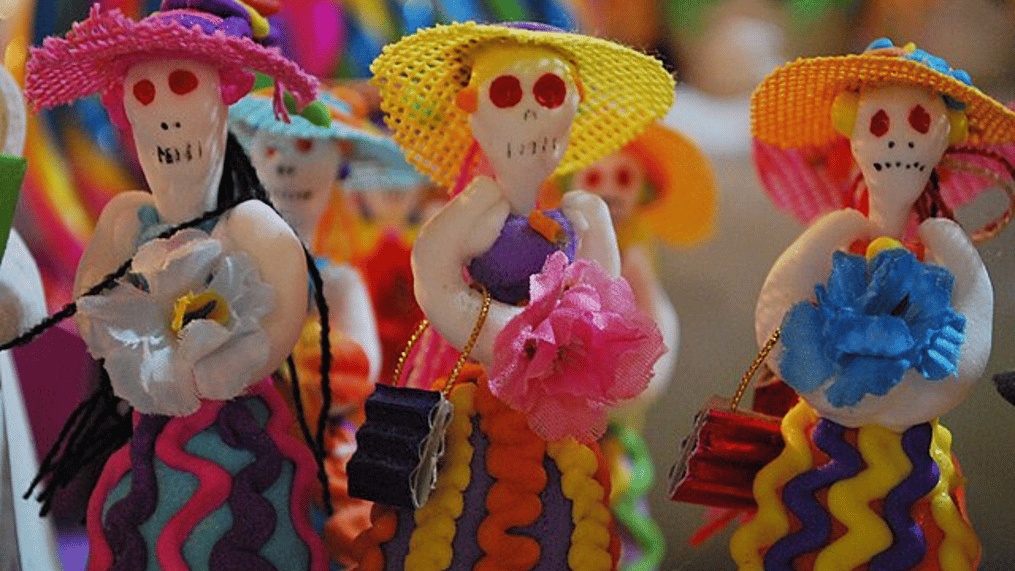
These are similar to the Calaveras de Azúcar, which is almost the same thing and also different at the same time because Alfeñiques are sold commercially at a local scale. From mid-October to early November, the city of Toluca, Mexico, showcases the biggest and most beautiful collection of alfeñiques that there is. These bone-coloured confections are decorated with icing, dyed sugar, beads, feathers, and foil, adding bright pops of color. Alfeñiques are made with a very malleable sugar paste, allowing confectioners to craft all sorts of shapes and scenes beyond just skulls. You can find sweet skeletons depicting different professions, like priests, musicians, and teachers.
7. Jamoncillo
Also called jamoncillo de leche, Mexican milk fudge is commonly seen during the Day of the Dead celebrations. This confection features a combination of pecans, cinnamon, and either cow or goat milk, which caramelizes to form the fudge. The traditional jamoncillo de leche is a warm, brownish color but it also comes in a variety of bright colors by adding food coloring to it.
Like This Article?
More Like This


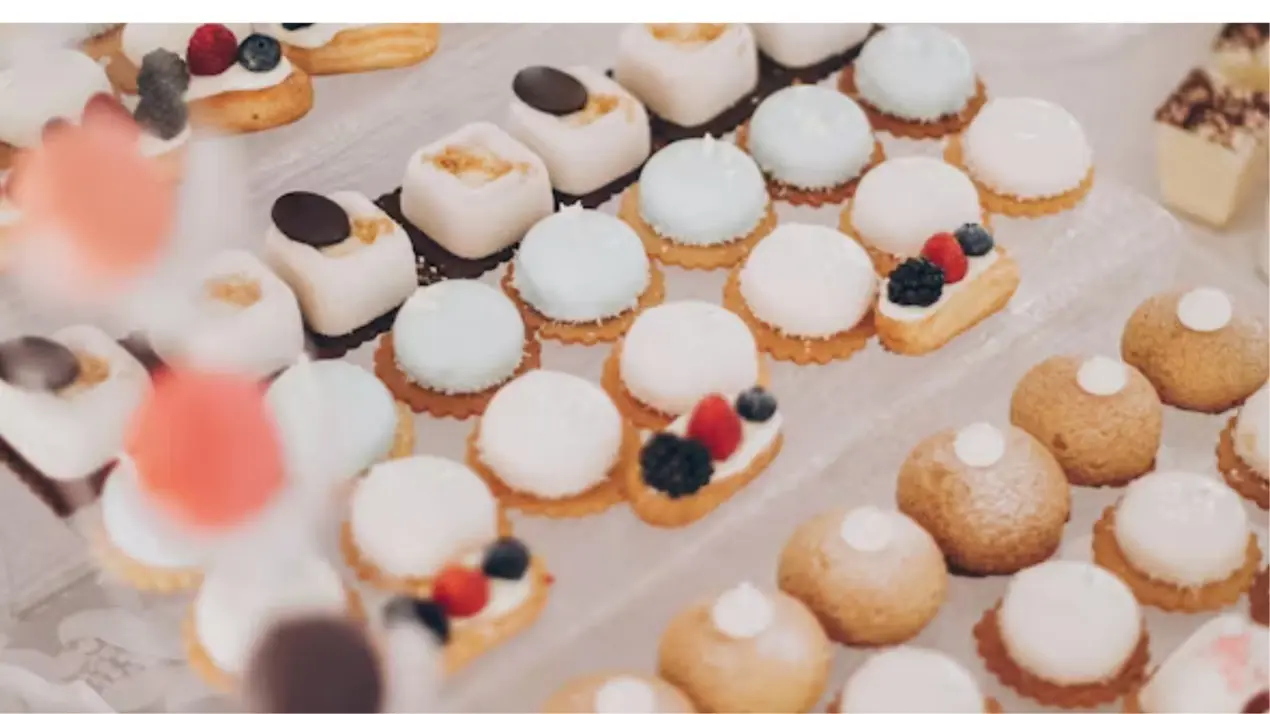
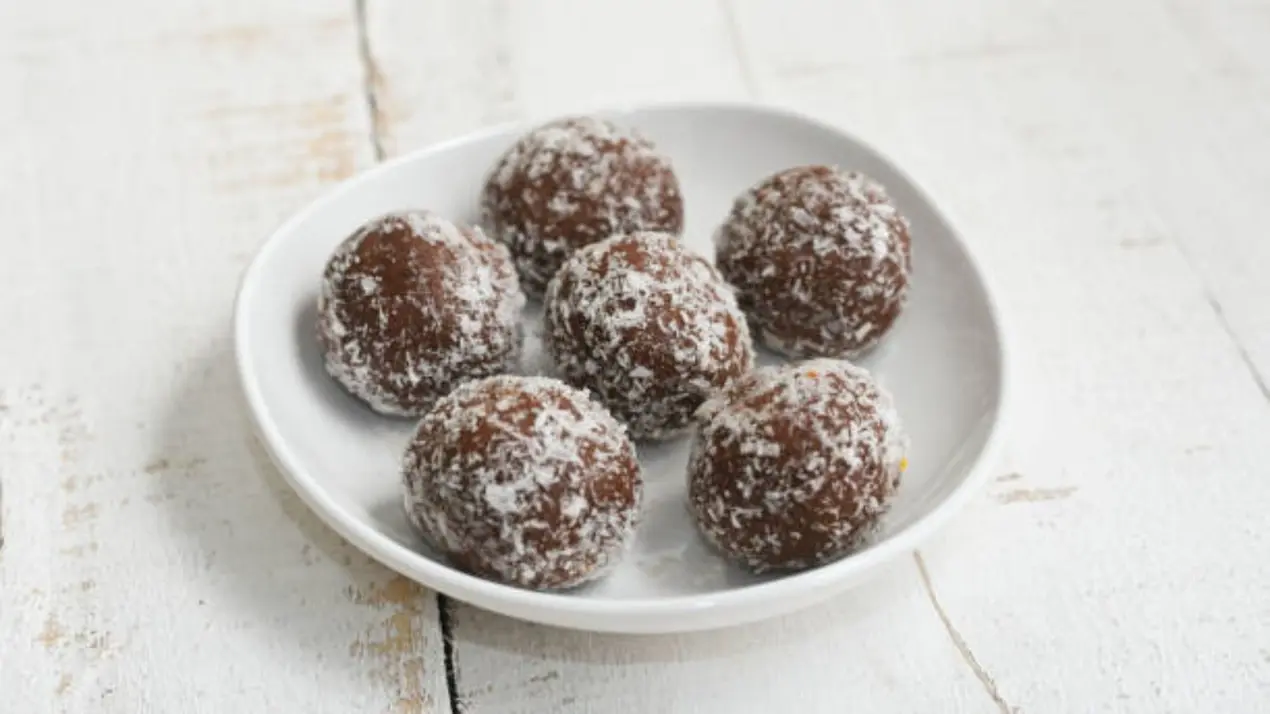
Popular Articles



Trending Web Stories
Curated Recipes












